Movement of dengue vectors between the human modified environment and an urban forest in Rio de Janeiro
Autor(es): Maciel-De-Freitas, Rafael; Brocki Neto, Roman; Goncalves, Jaylei Monteiro; Codeco, Claudia Torres; Lourenco-De-Oliveira, Ricardo
Resumo: The movement of Aedes aegypti (L.) and Aedes albopictus (Skuse) females between sylvatic and urban environments was investigated by marking, releasing, and recapturing adults and by identifying rubidium (Rb)-marked eggs of females that were released after taking a bloodmeal containing RbCl. When released in the forest, Ae. albopictus females flew as far as 1,000 m and reached houses within I wk. When Ae. albopictus were released close to houses, most females were recaptured near the release point, and Rb-marked eggs were found 1,000 m away in the forest only once, 35 d after the release. These differing patterns of movement may suggest a preference of Ae. albopictus for the human-modified environment. Ae. aegypti, however, showed low tendency to disperse into the forest. The capacity of Ae. albopictus females to disperse from a sylvatic into a human-modified environment suggests that this species may play a role in the dissemination of forest-restricted pathogens, such as yellow fever virus.
Palavras-Chave: Aedes albopictus; Aedes aegypti; Yellow fever; Dispersal; Stegomyia
Imprenta: Journal of Medical Entomology, v. 43, n. 6, p. 1112-1120, 2006
Identificador do Objeto Digital: 10.1603/0022-2585(2006)43[1112:MODVBT]2.0.CO;2
Descritores: Aedes aegypti - Infectious diseases ; Aedes aegypti - Dengue ; Aedes aegypti - Epidemiology ; Aedes aegypti - Public health
Data de Publicação: 2006








